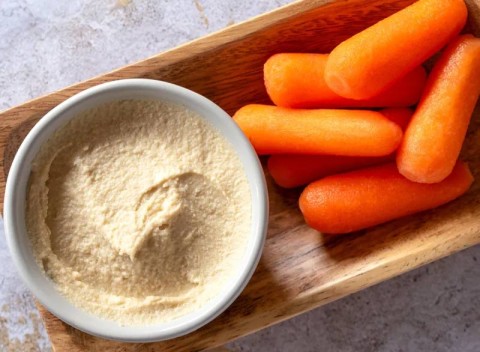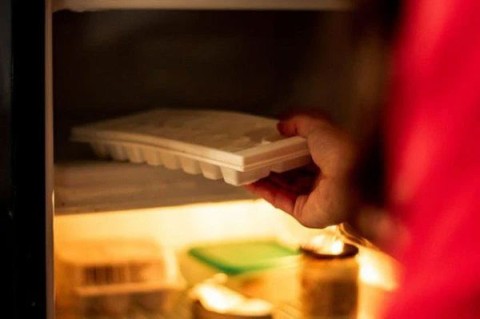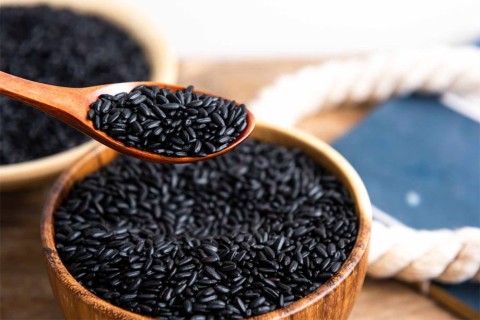Comment récupérer laccès au disque dur, corriger lerreur dimpossibilité douvrir le disque dur
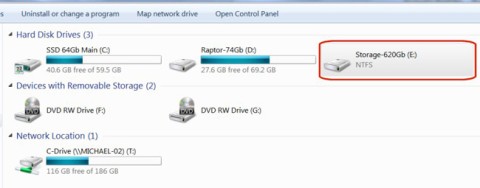
Dans cet article, nous vous expliquerons comment récupérer l'accès à votre disque dur en cas de panne. Suivez-nous !
Why do cattle eat grass and still get fat , providing nutritious milk? If you want to know why grass-eating animals get fat , please read the article below.
When most of us think of protein-rich foods, we probably picture meat, eggs, beans, and the like. However, animals that eat grass, such as cows and horses, have no problem getting enough protein in their diets. Unlike humans, grass-eating animals are able to digest plant cells and absorb the nutrients stored inside, such as protein.
Animals that get all their nutrition from grass and other plants are called herbivores. Herbivores have the ability to do something that humans cannot: digest cellulose. Cellulose is a type of carbohydrate that makes up plant cell walls. These cell walls are tough and difficult to break down, making them difficult to digest, even for herbivores. Herbivores have digestive systems that contain bacteria that have the enzymes needed to break down cellulose. Once the cells are broken down, they can access the proteins, sugars, and fats locked inside the plant cells.
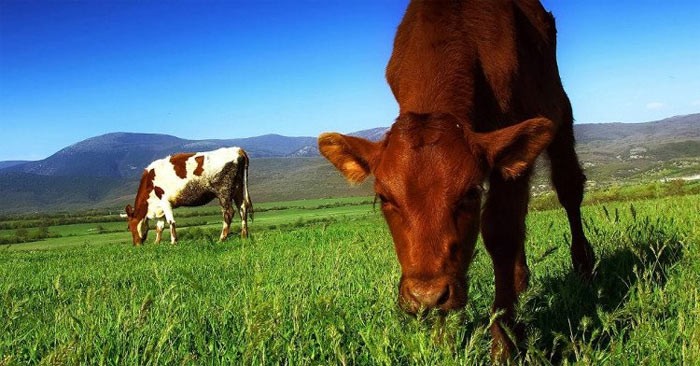
Cattle do not have an upper jaw, so they can only use their tongue to push grass into their mouth, then use their jaws to gnaw off the grass and then swallow it. This grass will be stored in the rumen.
Cattle are ruminants, so their stomachs have a special structure, with 4 compartments. The size of the rumen in adults accounts for more than 80% of the stomach, so its capacity is very large, up to 200 liters. When finished eating, cattle will lie down to rest and push the grass in the rumen up to chew again.
Thanks to the special structure of their stomachs, ruminants can digest cellulose, the main component of plant cell walls, which the human stomach cannot digest. The microorganisms in the rumen of cattle and buffaloes can break down the chemical structure of cellulose to “synthesize” it into many other nutrients.
The beneficial bacteria in the stomachs of cattle and buffalo also help them digest agricultural by-products such as rice husks, hay, cereal hulls, etc.
Grass is mostly water, but inside its dry surface, there are water-soluble carbohydrates, proteins, fibres, oils, minerals and vitamins. So it is a complete diet: everything a cow needs is in the grass. What's more - it is supported by a special combination of four stomachs and powerful gut bacteria.
To enhance the benefits of the diet, many cattle farmers try to plant as much white clover as possible in their pastures (the top layer of soil covered with grass) to provide protein for their cattle. Furthermore, the nitrogen fixed by the clover from the air into the soil helps promote more sugary, energy-dense grasses like rye grass – improving the overall productivity of the pasture and the overall digestibility of the pasture.
The oils in grass contain polyunsaturated fatty acids (PUFAs), which are assimilated into the meat of the cattle and are very healthy to eat. These are Omega-3 and Omega-9 if you don't know.
In short, buffaloes and cows can only eat vegetables and grass and still be fat thanks to their stomach structure and the beneficial bacteria in their digestive tract.
Dans cet article, nous vous expliquerons comment récupérer l'accès à votre disque dur en cas de panne. Suivez-nous !
À première vue, les AirPods ressemblent à n'importe quel autre écouteur sans fil. Mais tout a changé avec la découverte de quelques fonctionnalités peu connues.
Apple a présenté iOS 26 – une mise à jour majeure avec un tout nouveau design en verre dépoli, des expériences plus intelligentes et des améliorations des applications familières.
Craving for snacks but afraid of gaining weight? Dont worry, lets explore together many types of weight loss snacks that are high in fiber, low in calories without making you try to starve yourself.
Rest and recovery are not the same thing. Do you really need rest days when you schedule a workout? Lets find out!
Les étudiants ont besoin d'un ordinateur portable spécifique pour leurs études. Il doit être non seulement suffisamment puissant pour être performant dans la filière choisie, mais aussi suffisamment compact et léger pour être transporté toute la journée.
L'ajout d'une imprimante à Windows 10 est simple, bien que le processus pour les appareils filaires soit différent de celui pour les appareils sans fil.
Comme vous le savez, la RAM est un composant matériel essentiel d'un ordinateur. Elle sert de mémoire pour le traitement des données et détermine la vitesse d'un ordinateur portable ou de bureau. Dans l'article ci-dessous, WebTech360 vous présente quelques méthodes pour détecter les erreurs de RAM à l'aide d'un logiciel sous Windows.
Refrigerators are familiar appliances in families. Refrigerators usually have 2 compartments, the cool compartment is spacious and has a light that automatically turns on every time the user opens it, while the freezer compartment is narrow and has no light.
Wi-Fi networks are affected by many factors beyond routers, bandwidth, and interference, but there are some smart ways to boost your network.
Si vous souhaitez revenir à la version stable d'iOS 16 sur votre téléphone, voici le guide de base pour désinstaller iOS 17 et rétrograder d'iOS 17 à 16.
Le yaourt est un aliment merveilleux. Est-il bon de manger du yaourt tous les jours ? Si vous mangez du yaourt tous les jours, comment votre corps va-t-il changer ? Découvrons-le ensemble !
Cet article présente les types de riz les plus nutritifs et comment maximiser les bienfaits pour la santé du riz que vous choisissez.
Établir un horaire de sommeil et une routine de coucher, changer votre réveil et ajuster votre alimentation sont quelques-unes des mesures qui peuvent vous aider à mieux dormir et à vous réveiller à l’heure le matin.
Get Bathroom Tower Defense Roblox game codes and redeem them for exciting rewards. They will help you upgrade or unlock towers with higher damage.


